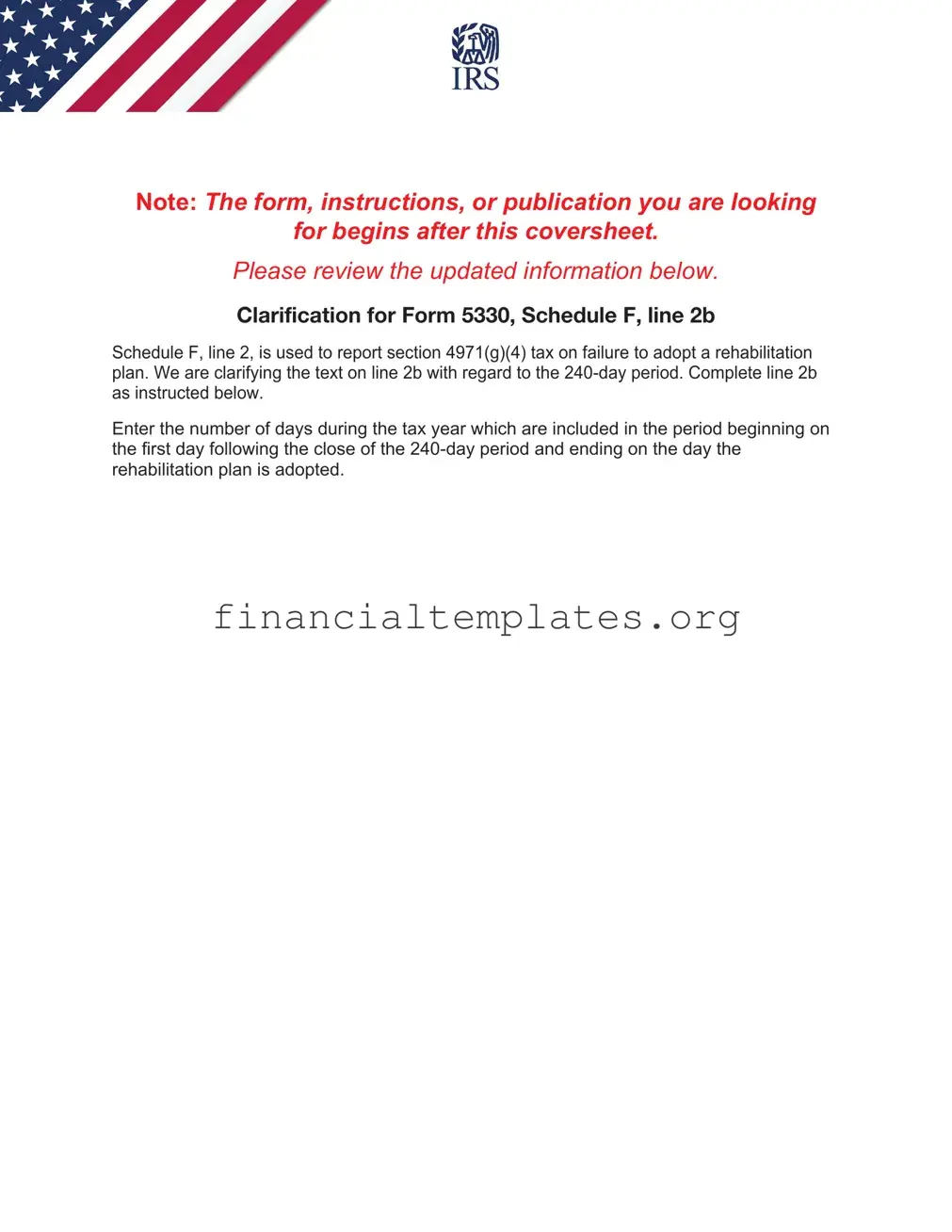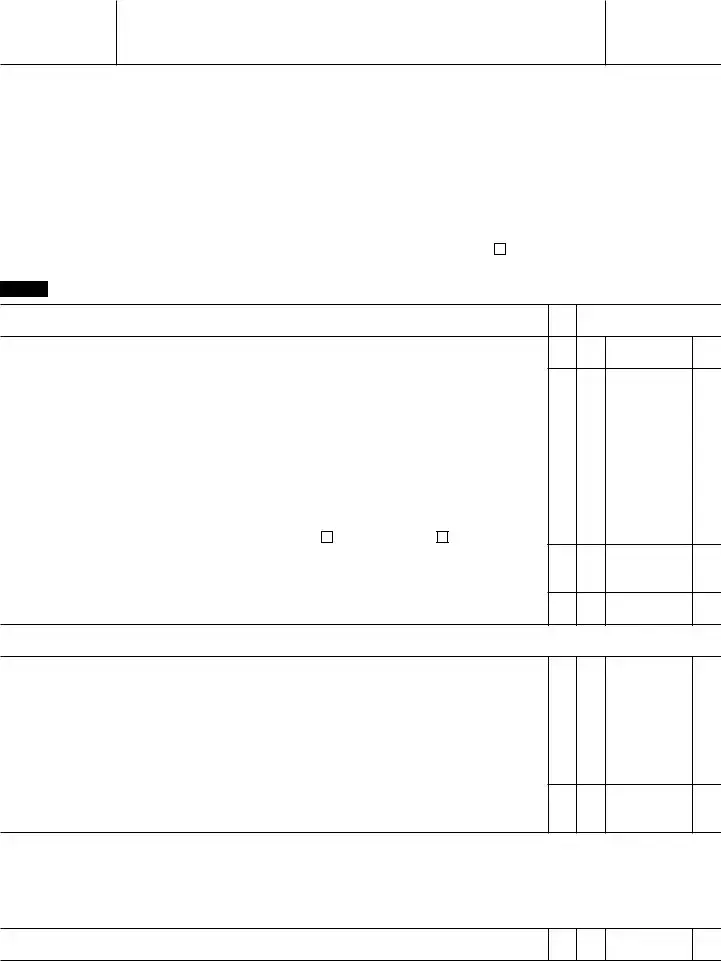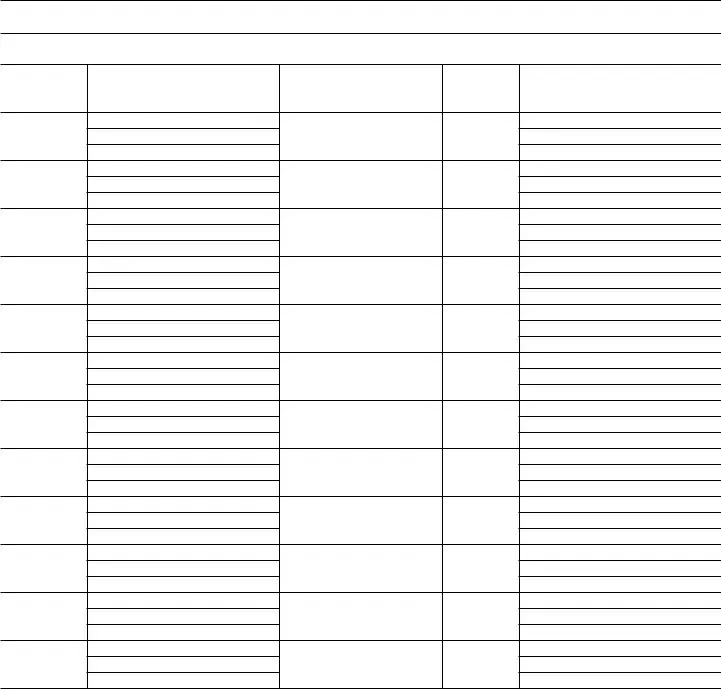The IRS 5330 form, used for reporting and paying excise taxes related to certain employee pension and benefit plans, shares similarities with the IRS Form 940. The IRS Form 940 is designed to report federal unemployment tax obligations. Both forms serve the purpose of reporting and paying taxes, but they cater to different types of taxes. Form 940 focuses on unemployment, whereas Form 5330 deals with excise taxes on specific pension and benefit plan activities.
Similarly, the IRS Form 941, which is used for reporting quarterly federal tax returns, can be compared to the IRS 5330 form. Form 941 is required by employers to report income taxes, Social Security tax, or Medicare tax withheld from their employees' paychecks. Like Form 5330, it involves the payment of taxes to the IRS, though Form 941 focuses on employment taxes, establishing a common ground in the tax reporting and payment processes between the two.
Another comparable document is the IRS Form 990-T, used by tax-exempt organizations to report and pay income tax on unrelated business income. Both the Form 990-T and the Form 5330 are concerned with tax payments, but they cater to different entities and types of taxes. Form 990-T specifically addresses unrelated business income of tax-exempt organizations, while Form 5330 covers excise taxes related to pensions and benefits.
The IRS Form 5500 is a document that requires annual reporting from pension and other employee benefit plans to the IRS and the Department of Labor. This form shares a connection with the IRS 5330 form through their focus on employee benefit plans. However, Form 5500 is more about compliance and informational reporting regarding the condition and operations of the plan, rather than the tax payments detailed in Form 5330.
Form 8955-SSA is yet another document related to the IRS 5330 form. It is used to report separated participants with deferred vested benefits under their retirement plan. Both forms are integral to the management and regulatory compliance of retirement plans, with Form 8955-SSA focusing on participant reporting and Form 5330 on excise tax implications of certain failures or actions within these plans.
Last but not least, the IRS Form 1120-POL, used by political organizations to report their income tax obligations, shares a resemblance with the IRS 5330 in terms of tax reporting and payments. While Form 1120-POL specifically targets political organizations, Form 5330 focuses on specific tax liabilities related to employee benefit plans. Both require the entity to report income and pay the necessary taxes owed to the federal government, highlighting their role in maintaining compliance with U.S. tax law.







